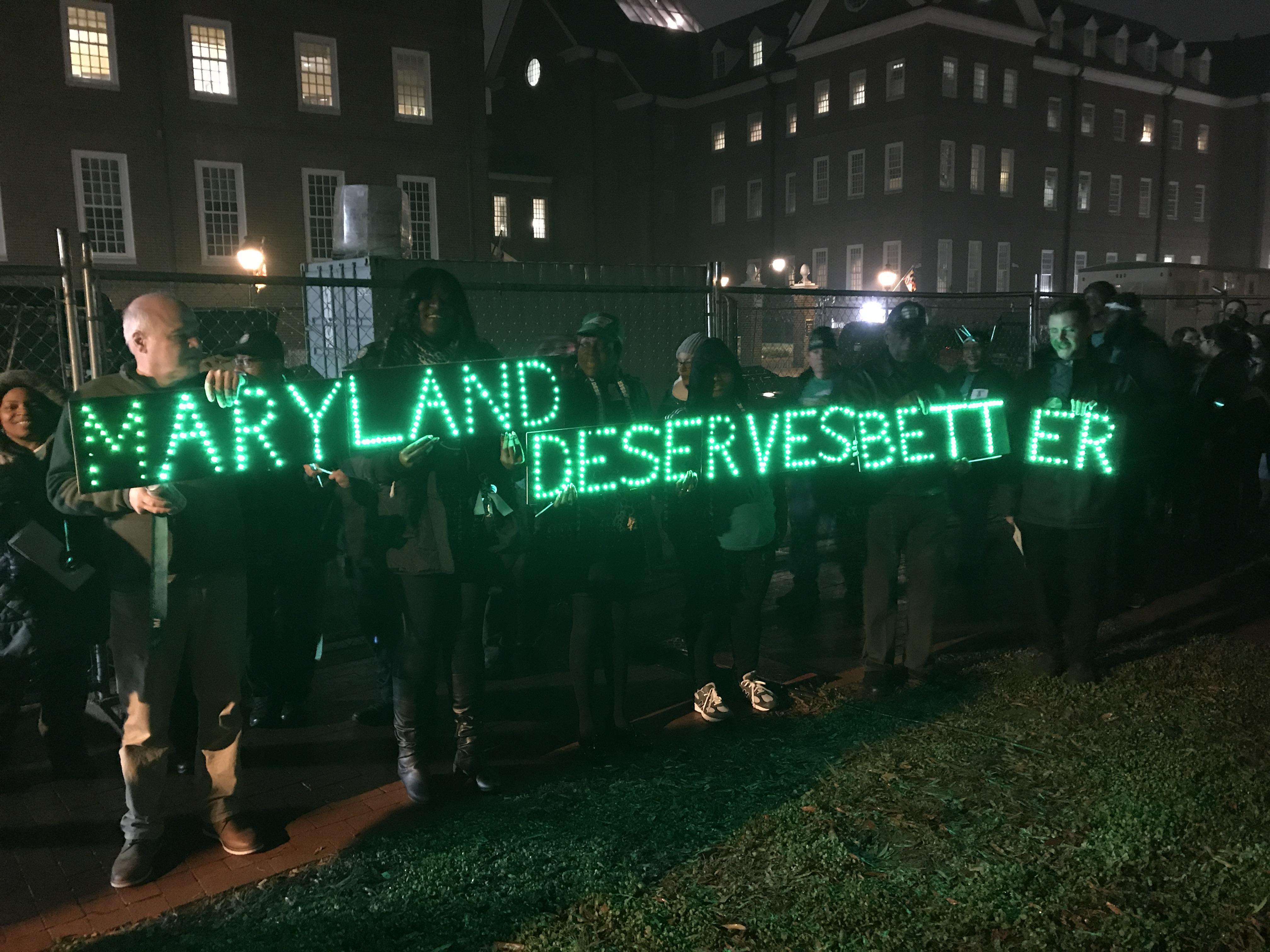Governor Hogan Brags About Cutting State Services
Today, Governor Hogan released his budget for FY 2021 reflecting his priorities for the upcoming fiscal year. For state employees, this document contains critical information about the budget for their agencies dictating resources available to perform their duties and the funding available for enhancements to recruit and retain quality staff. Our members in public government and higher education institution provide critical services to residents of Maryland despite being significantly understaffed.
In his first budget proposal, Governor Hogan brags about balancing his budget by cutting as much as possible from state services. He brags, “With this budget, there are almost 5% fewer positions in the executive branch than in FY 2015. The state government workforce is the smallest it has been since 1986 and at its lowest level per capita since 1972.” Hogan is bragging that he turned the clock back 50 years on state service to a time when we treated inmates, psychiatric patients and health services significantly differently. Maryland deserves better.
Here are some of the examples of how Governor Hogan balances his budget by taking from state workers and state services in his FY2021 budget:
- The Department of Public Safety and Correctional Services loses 521 positions (vacant) to “cover OT and other personnel costs.”
- Denying a 1% COLA scheduled for January 2020 for one third of the state’s workforce, all those in AFSCME Council 3’s job classifications.
- Withholding money in the health benefit fund contributed by state employees and not dispersing extra benefit holidays for FY 2021
Governor Hogan has proposed a budget intended to continue his legacy of letting the staffing crisis grow and worsen. His actions could have dire consequences for our communities who depend on the vital services our members provide. Budgets reflect our priorities and the Governor is once again turning his back on front line state workers facing dangerous working conditions, stagnant pay and significant levels of mandatory overtime.

